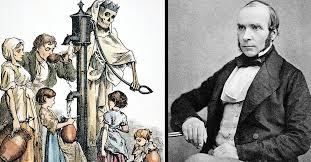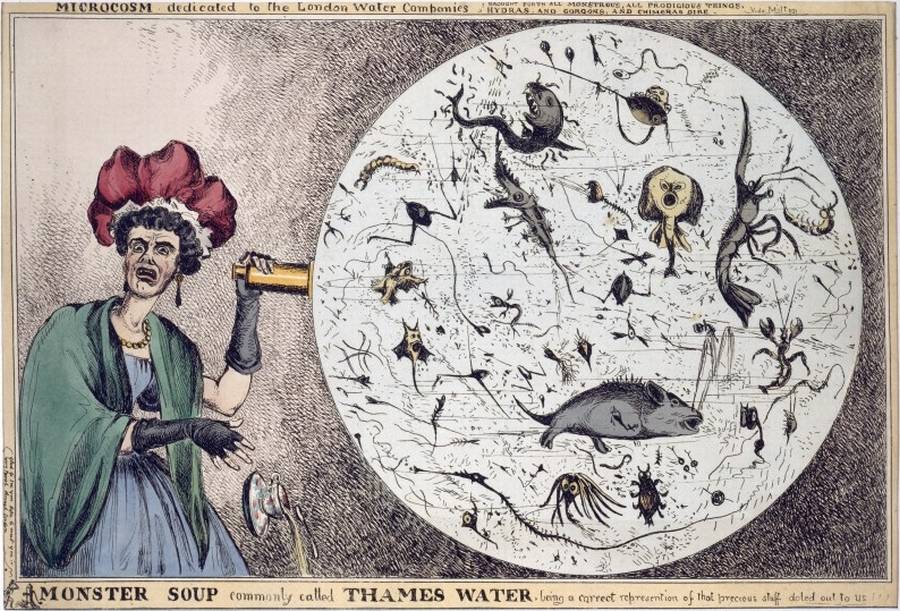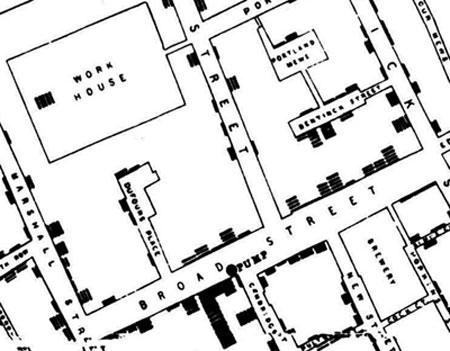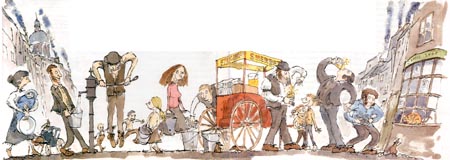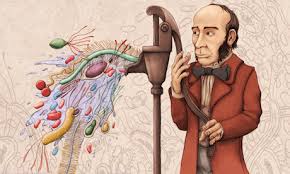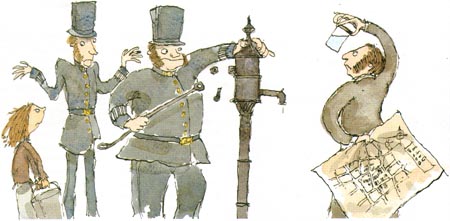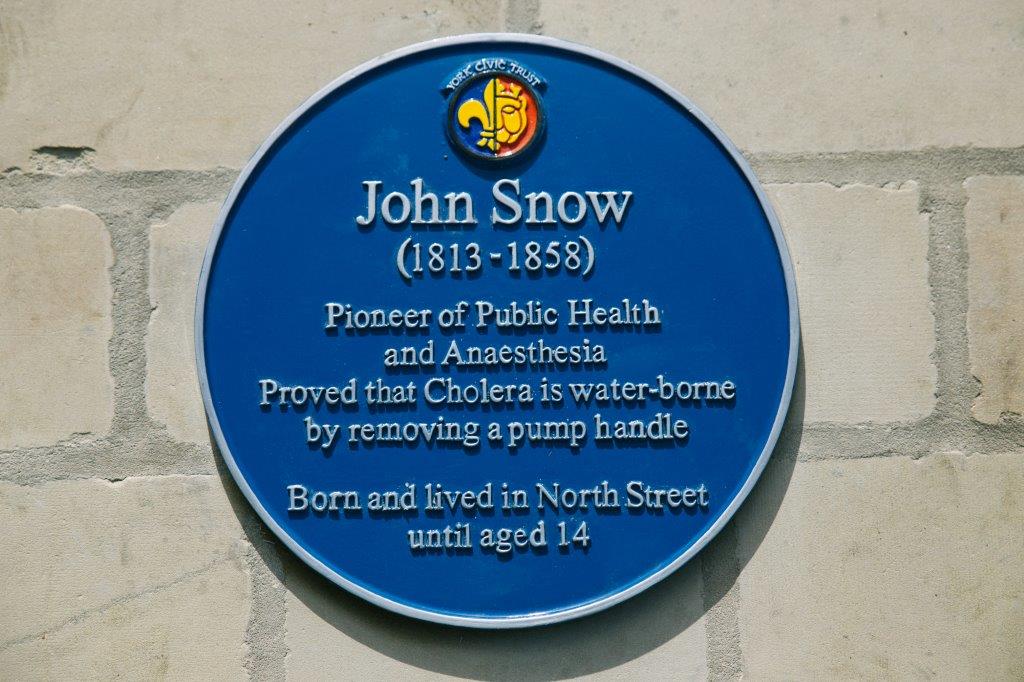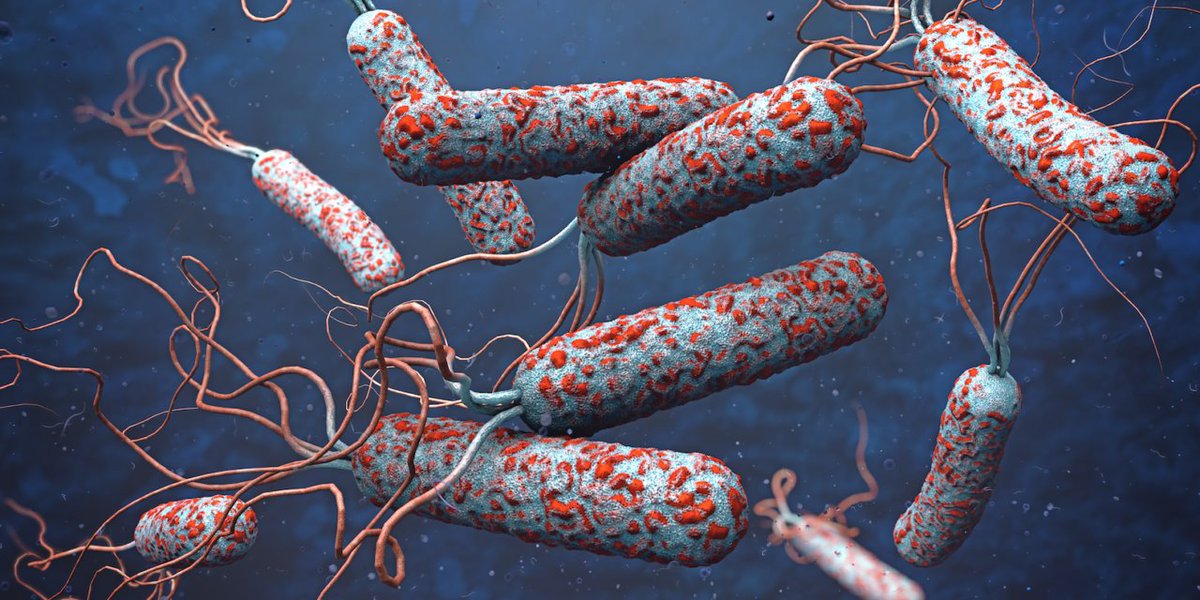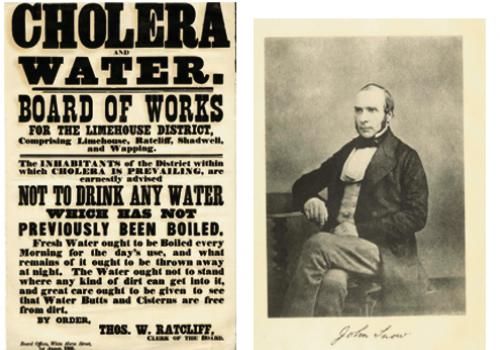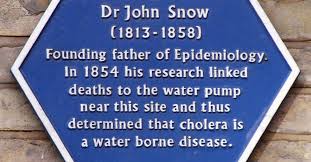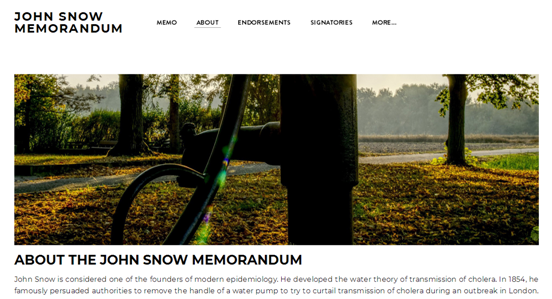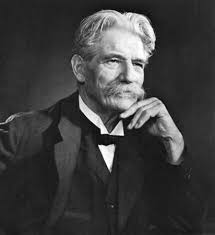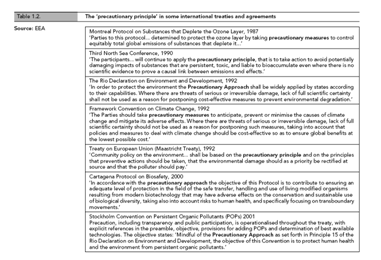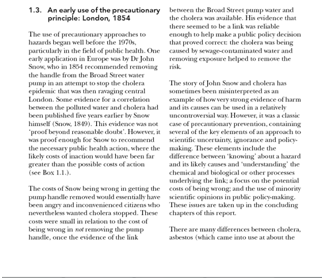1/ From John Snow (1854 Cholera outbreak) to his Memorandum (Sars-CoV-2 Pandemic 2020)
From the origin of waterborn diseases to Airborne diseases
From the origin of waterborn diseases to Airborne diseases

2/ In August 1854, Soho in London was struck with a severe cholera outbreak. Cholera is a gastrointestinal infection caused by the bacterium Vibrio cholerae. It is still prevalent in areas with inadequate sanitation and poor food and water hygiene
3/ Thousands of residents in the Soho area of London fell ill as a consequence of this outbreak, and at least 600 people died. But as awful as this outbreak was, it is likely that many more would have died if not for the work of a local doctor living in the area, John Snow
4/ As a doctor working in Soho, he started to investigate the 1854 outbreak immediately, in an attempt to prove his theory.
Snow began by talking to local residents and quickly started to suspect that the source if the outbreak was the public water pump on Broad Street.
Snow began by talking to local residents and quickly started to suspect that the source if the outbreak was the public water pump on Broad Street.
5/ “Within 250 yards of the spot where Cambridge Street joins Broad Street there were upwards of 500 attacks of cholera in 10 days. As soon as I became acquainted with the situation I suspected some contamination of the water of the much-frequented street-pump in Broad Street.”
6/ On the 7th September 1854, Snow took his findings to local officials and convinced them to take the handle off the pump, making it impossible to draw water from it. Shortly after this action, the outbreak came to an end, and the pump handle was promptly replaced.
7/ Researchers later discovered that the public well from which the pump drew water was dug only a few feet from a cesspit. The cloth nappy of a baby, who had contracted cholera from another source, had been washed into this cesspit and was the point source of the outbreak.
Shortly after the removal of the pump handle and the end of the outbreak Snow presented his views on cholera and its spread to the Medical Society of London. His views, however, were rejected by the medical establishment of the time.
8/ His ‘germ’ theory of disease did not start to become accepted until 1866, when William Farr, initially one of Snow’s chief opponents, realised the validity of the theory when investigating a new cholera outbreak in Bromley-by-Bow.
9/ The biological mechanism underlying the link
between polluted water and cholera was unknown
at the time of this successful ‘precautionary
prevention’ in 1854: that came 30 years later, in
1884, when Koch announced his discovery of the
cholera vibrio in Germany.
between polluted water and cholera was unknown
at the time of this successful ‘precautionary
prevention’ in 1854: that came 30 years later, in
1884, when Koch announced his discovery of the
cholera vibrio in Germany.
10/ His findings led to the changes in sanitation and water supply that finally ended the cholera epidemics in Europe and the United States that were occurring during the 19th century.
11/ The World Health Organization estimates 78 percent of the people in Third World countries are still without clean water supplies today, and up to 85 percent of those people don’t live in areas with adequate sewage treatment, making cholera outbreaks an ongoing concern today
12/ Have we learnt the lessons from Snow, and his precautionary principle) Why is still in doubt by @WHO that #COVID19 is an airborne disease?
Let us remember the John Snow Memo
https://www.johnsnowmemo.com/
Let us remember the John Snow Memo
https://www.johnsnowmemo.com/
14/ Albert Schweitzer (1875–1965) may have
been pessimistic when he said ‘Man has lost
the capacity to foresee and forestall... he will
end up destroying the earth’. However, being
wise before it is too late is not easy, ...
been pessimistic when he said ‘Man has lost
the capacity to foresee and forestall... he will
end up destroying the earth’. However, being
wise before it is too late is not easy, ...
15/ ...especially
when the environmental or health impacts
may be far into the future and the real, or
perceived, costs of averting them are large
and immediate. Forestalling disasters usually
requires acting before there is strong proof
of harm...
when the environmental or health impacts
may be far into the future and the real, or
perceived, costs of averting them are large
and immediate. Forestalling disasters usually
requires acting before there is strong proof
of harm...
16/ ...particularly if the harm may be
delayed and irreversible, an approach to
scientific evidence and policy-making which
is part of what is now called the
precautionary principle.
delayed and irreversible, an approach to
scientific evidence and policy-making which
is part of what is now called the
precautionary principle.
17/ Precautionary prevention has often been
used in medicine and public health, where
the benefit of doubt about a diagnosis is
usually given to the patient (‘better safe than
sorry’)
used in medicine and public health, where
the benefit of doubt about a diagnosis is
usually given to the patient (‘better safe than
sorry’)
18/ However, the precautionary principle
and its application to environmental hazards
and their uncertainties only began to emerge
as an explicit and coherent concept within
environmental science in the 1970s
and its application to environmental hazards
and their uncertainties only began to emerge
as an explicit and coherent concept within
environmental science in the 1970s
19/ The main element of the precautionary
principle they developed was a general rule
of public policy action to be used in
situations of potentially serious or irreversible
threats to health or the environment, where
there is a need to act to reduce potential
hazards ...
principle they developed was a general rule
of public policy action to be used in
situations of potentially serious or irreversible
threats to health or the environment, where
there is a need to act to reduce potential
hazards ...
20/ ...before there is strong proof of harm,
taking into account the likely costs and
benefits of action and inaction. A
precautionary approach, however, requires
much more than establishing the level of
proof needed to justify action to reduce
hazards (the ‘trigger’ for action).
taking into account the likely costs and
benefits of action and inaction. A
precautionary approach, however, requires
much more than establishing the level of
proof needed to justify action to reduce
hazards (the ‘trigger’ for action).
21/ This is how we come in 2020 to the conclusion that the precautionary principle has not bee applied to the evidence of aerosol transmission of #COVID19 , which is costing millions of victims and sick people, some of them with sequelae #COVIDisAirborne
22/ After the overwhelming evidence, what are we waiting for? https://www.nytimes.com/2020/07/04/health/239-experts-with-one-big-claim-the-coronavirus-is-airborne.html
References: https://www.theguardian.com/science/sifting-the-evidence/2013/mar/15/john-snow-epidemiology-today-cholera

 Read on Twitter
Read on Twitter